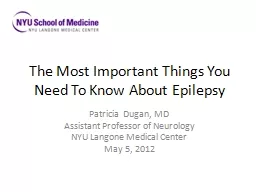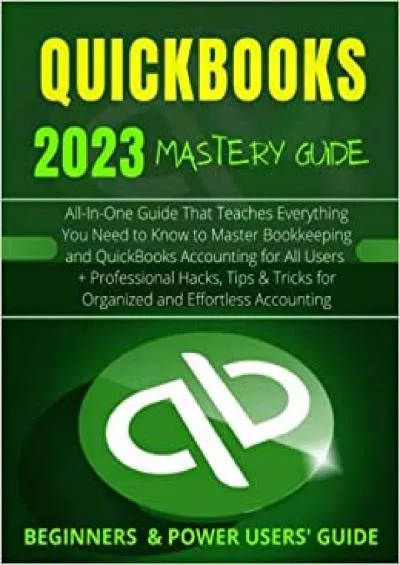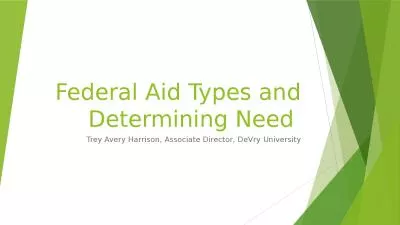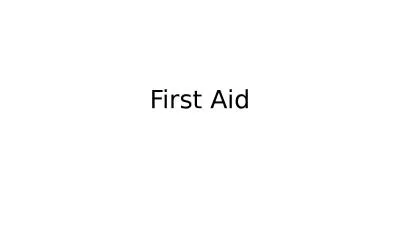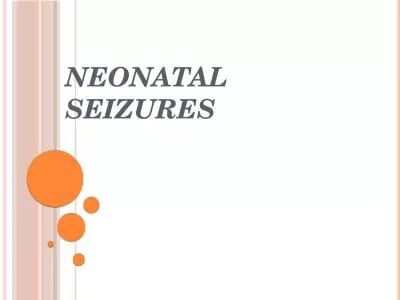PPT-Seizures Everything you need to know for managing a student with Seizures and First Aid
Author : ellena-manuel | Published Date : 2018-10-25
A condition of disturbed brain activity that causes changes in a persons attention or behavior Epilepsy is a disorder in which a person has repeated seizures over
Presentation Embed Code
Download Presentation
Download Presentation The PPT/PDF document "Seizures Everything you need to know for..." is the property of its rightful owner. Permission is granted to download and print the materials on this website for personal, non-commercial use only, and to display it on your personal computer provided you do not modify the materials and that you retain all copyright notices contained in the materials. By downloading content from our website, you accept the terms of this agreement.
Seizures Everything you need to know for managing a student with Seizures and First Aid: Transcript
Download Rules Of Document
"Seizures Everything you need to know for managing a student with Seizures and First Aid"The content belongs to its owner. You may download and print it for personal use, without modification, and keep all copyright notices. By downloading, you agree to these terms.
Related Documents

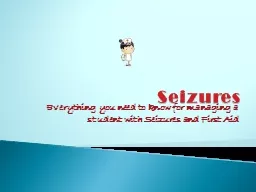
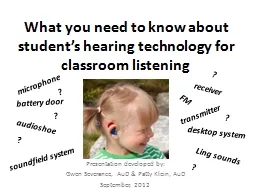
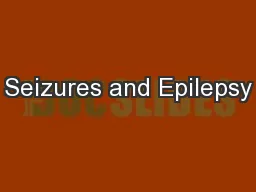
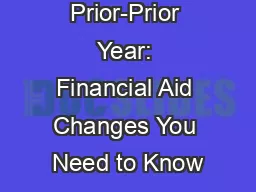

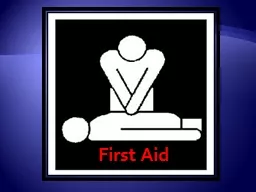
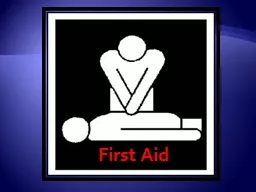
![[EPUB] - How to Be Successful in Your First Year of Teaching High School: Everything](https://thumbs.docslides.com/905355/epub-how-to-be-successful-in-your-first-year-of-teaching-high-school-everything-you-need-to-know-that-they-don-t-teach-you-in.jpg)

